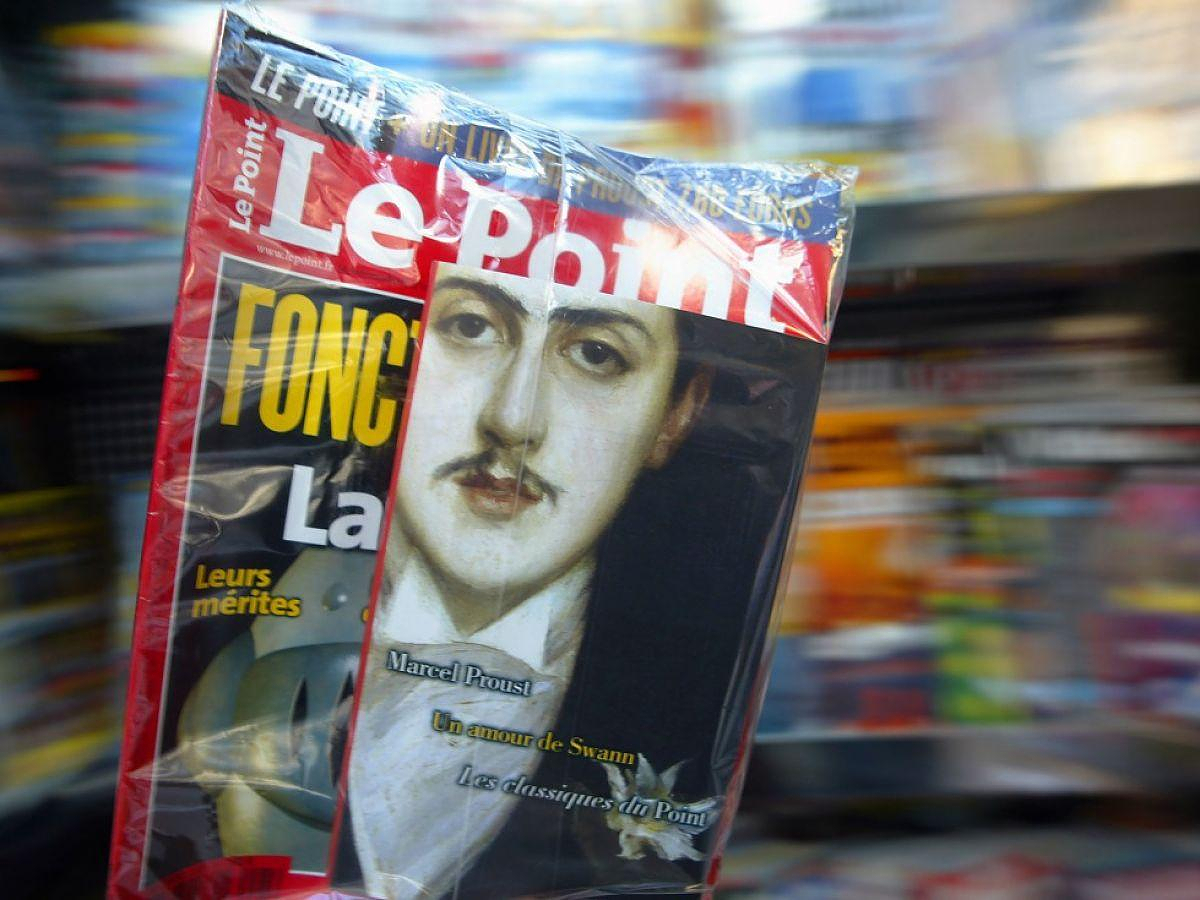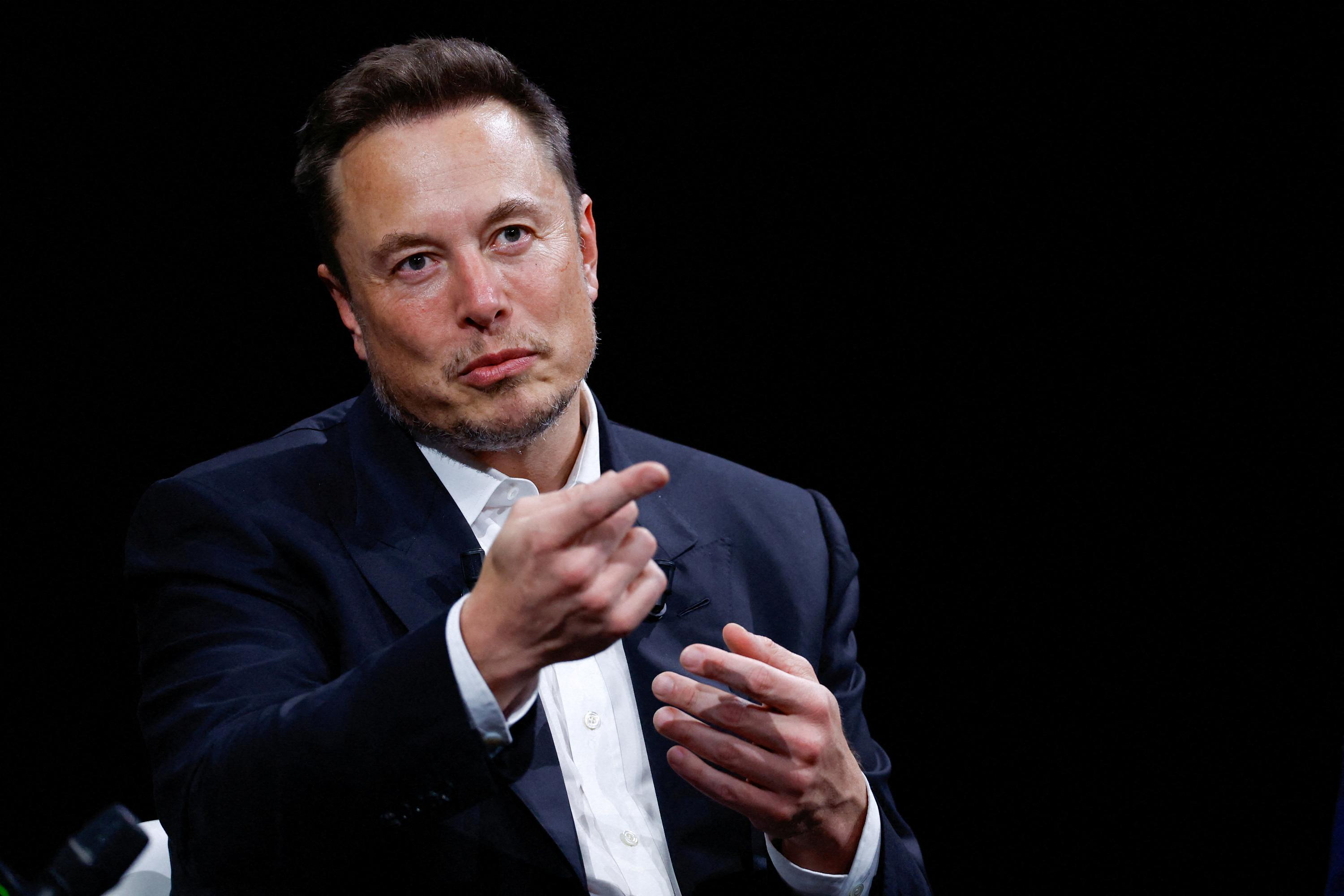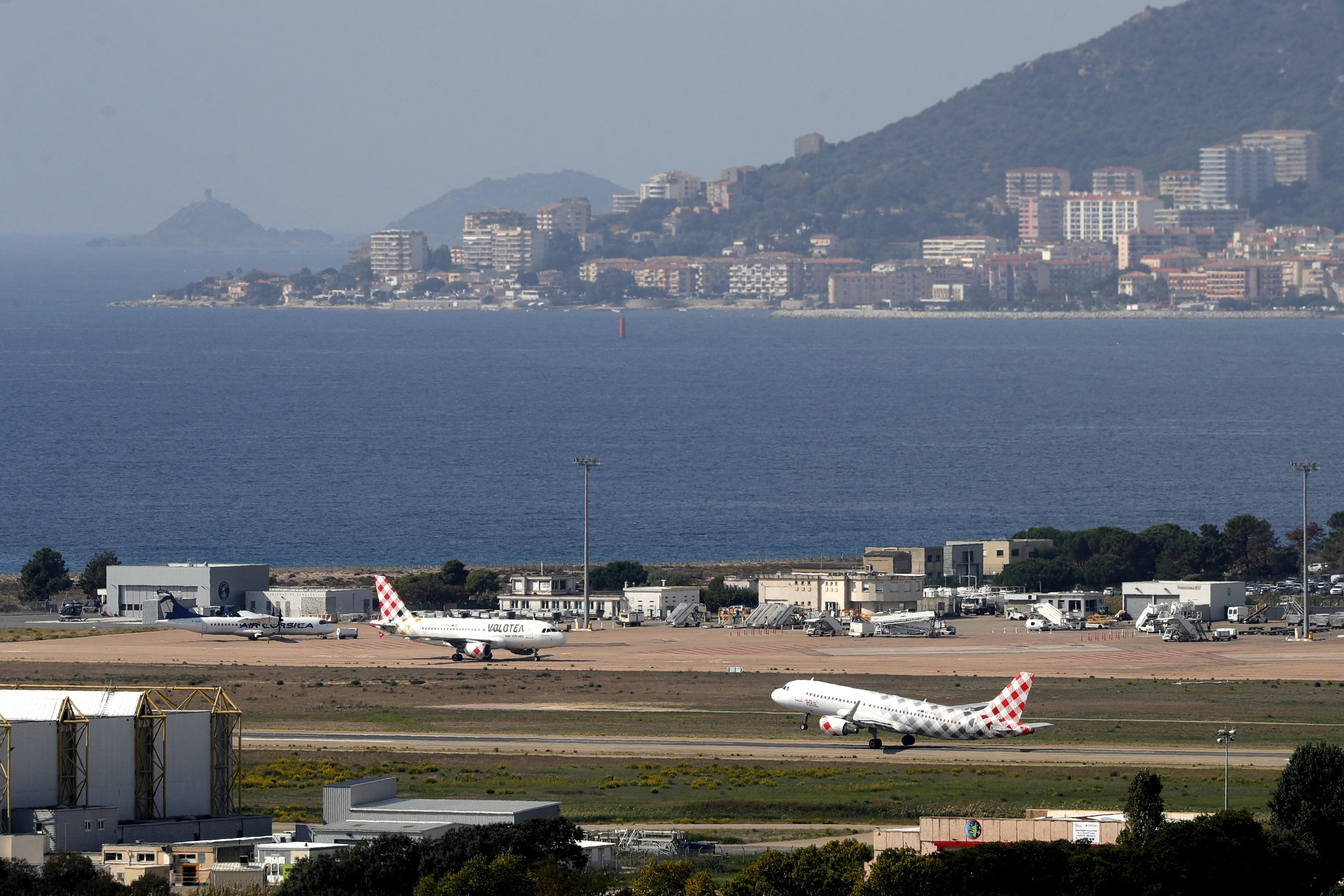que reste-t-il when the statues are put to the ground ? Also recurring as incendiary, the debate on the continuation or not in the public space of monuments to the glory of personalities more or less controversial is again on the table, in favor of an international movement to denounce police violence and racism. On Wednesday, the president of the House of us representatives Nancy Pelosi spoke in favor of the removal of the Congress of the statues of the Confederate. Monuments to Columbus were vandalized in Boston, Miami, and Virginia. In the United Kingdom, the statue of Edward Colston, a merchant of slaves in the Seventeenth century, was set down at an event in Bristol.
read also : In the fringes of the demonstrations, the freedom of expression debate in the editorial offices americanFrom 2013 to 2015, Ukraine has experienced what is certainly the most important movement to overthrow the statues of the Story. In the space of two years, more than a thousand sculptures of Lenin have been grounded in the wake of the revolution called the place Maïdan, which saw the overthrow of the regime of pro-Russian Viktor Yanukovych. Independent journalist who has been to Kiev, Sébastien Gobert went off in search of these statues disappeared with the photographer switzerland Niels Ackermann. Published in 2017, their book Looking for Lenin examines the reasons that motivated the original movement, and looks so explosive on the vacuum left by these statues once fallen from their pedestals.
LE FIGARO. - In what context is the phenomenon of Leninopad (" fall of Lenin ", editor's note) in Ukraine ?
Sébastien GOBERT. - This momentum has taken place in parallel to the revolution of the Maïdan, to the annexation of Crimea, and the war in the region of Donbass. It begins, precisely, on December 8, 2013, with the fall of the statue of Lenin that once hung on the square, Bessarabska, in Kiev. Its reversal, at a time when the revolution was in full swing, has had a symbolic significance is enormous, demonstrating that the regime of Yanukovych did most of the street. But she had yet other meanings. Why were they attacked this statue, rather than to any other building or monument ? Was it the present or the past that they were attacking ? What is the future wished to they get rid of Lenin ?
A statue of Lenin decapitated in the Odessa region. Niels Ackermann / Lundi13At the time of its independence in 1991, Ukraine was home to 5500, the most important of all former soviet republics, apart from Russia. A number has been spilled for independence, many others during the orange Revolution of 2004. The fall of the Lenin square Bessarabska has opened a sequence that has caused the disappearance of more than a thousand statues. With the Exception of the Crimea and areas in the hands of the prorusses, it remains today more than a single statue of Lenin standing in Ukraine : at Chernobyl.
How the Leninopad fits into the broader effort to "décommunisation" conducted after the fall of the regime of Yanukovych ?
the Four laws of décommunisation have been voted in the spring of 2015, framing in a redefinition of the historiography of national. It is important to understand that these laws are not the cause, but the realization of the phenomenon of popular and spontaneous of the fall of the statues. These are individuals, groups, and territorial communities that have decided to remove the statues of Lenin.
all In all, the Leninopad, is inserted in a process of redefinition of the conception that the Ukrainians are of themselves and of their place in History. This is the result of a reversal of the progressive, a clearance vis-à-vis the historiography of soviet and Russian. The Ukrainians have denounced Russian imperialism, some speak of the "colonization" of Ukraine by Russia, many historians have studied the internalization by the Ukrainians of the look on them by the Russians. The goal is to put Ukraine at the center of his own story. The civil war in russia (1917-1921) was renamed "war of independence of Ukraine". The hundredth anniversary of the October revolution of 1917 has not been celebrated as the advent of bolshevism, but celebrated as the centenary of the struggle for independence of Ukraine.
The overthrow of the statues of Lenin there is the subject of resistance in the Ukraine ?
We have found that the Leninopad was far from consensus. Some felt that this is not déboulonnant statues that we can change a country. Others wanted to show that the communist regime had also good sides. The lines of fracture were geographic, political, economic, social, generational. Some people remembered the happy days of their youth in the soviet, and did not understand the hatred that brought the statues. A man that we interviewed didn't care about Lenin and recognized the atrocities which he was responsible, but was attached to the statue from his village, because that is where, 30 years earlier, he had embraced the one who was to become his wife.
A statue found at a collector's home in Kharkiv. Niels Ackermann / Lundi13In sum, neither the statues of Lenin, nor their fall have meaning unambiguous. Some condemn Lenin, but denounced what they saw as vandalism. Others found it appalling, the violence, the screams, the humiliation suffered by the statues. Others saw in it a symbol of a revolution to which they were opposed. Some did not want Lenin to be replaced on the pedestal by combatants of the Armed insurgency Ukrainian [resistance Movement Ukrainian nationalist from the Second world war, and whose memory divides a result of accusations of collusion with the Third Reich, ed.].
This last point raises the fundamental question in this debate : what is the nature of the vacuum created by the fall of these statues, and put them in their place ?
Beaucoup of statues of Lenin have been replaced by the cross or of the Virgin, others by statues of heroes nationalists, some by flowers. Also, the pedestals have been razed and replaced with park benches. In Kiev, the inhabitants voted in a poll for nothing take the place of the Lenin of the square, Bessarabska. This opens the possibility of reinventing the space around the pedestal. Not to freeze in a new ideology, but to invent.
Several artistic experiments have therefore been carried out. A grand staircase was built so people could climb up on the pedestal and see the world of which Lenin saw it. Holograms have been projected. A green wall has been installed to remove the stone. The pedestal, by raising them off a statue, make him take of the height, of the importance. It gives the impression that it was an authority that looks at us, which we contemplate, as Napoleon on the Vendôme column. The fact that nothing is put in the place of the statue allows you to take authoritarianism, or at least the notion of authority, against the foot.
What do you think of the movement to work in the United States and in several european countries, where voices are raised to bring down statues of historical figures ?
The personalities and the contexts cannot be compared : there is no question of putting Lenin, Churchill and Leopold II on the same plan. However, there are large similarities, starting with the aesthetic of the fall itself. All these scenes look very similar, the anger expressed is the same. How do you explain that we spend so much energy and testosterone on monuments inanimate that represent people who died 200 years ago ? These moments of fury to tell you a lot about the importance of iconography to the political communities.
read also : Events anti-racism: the future societal and electoral of this movement is as yet uncertainThe reactions of support or disapproval of the act are also the same. In 2017 already, Donald Trump was a act of vandalism to the Story. There was a notion of respect. It is something that we find in Ukraine and elsewhere. Finally, the question of the post haunts absolutely everyone. Once the statue is earth, what is it made of ? Who won ? Also, what is it mean to "win" ? That is what we will put in place ? Is it really necessary to put something in place ? Does one still need these guides heroic of the nation-State imagined in the Nineteenth century ? Is it really around these icons that we must continue to develop a sense of belonging, or is it that we have moved on to something else ?
The editorial team conseilleDonbass, the conflict without finKiev recognizes the separatists in the Donbass as interlocuteursDans the Donbass, a shy hope, on the bridge of Stanytsia LouhanskaSujetsLénineUkraineRussiehistoireaucun comment there are currently no comments on this article.
Be the first to give your opinion !

 The Euribor today remains at 3.734%
The Euribor today remains at 3.734% Germany: the trial of an AfD leader, accused of chanting a Nazi slogan, resumes this Tuesday
Germany: the trial of an AfD leader, accused of chanting a Nazi slogan, resumes this Tuesday New York: at Columbia University, the anti-Semitic drift of pro-Palestinian demonstrations
New York: at Columbia University, the anti-Semitic drift of pro-Palestinian demonstrations What is Akila, the mission in which the Charles de Gaulle is participating under NATO command?
What is Akila, the mission in which the Charles de Gaulle is participating under NATO command? What High Blood Pressure Does to Your Body (And Why It Should Be Treated)
What High Blood Pressure Does to Your Body (And Why It Should Be Treated) Vaccination in France has progressed in 2023, rejoices Public Health France
Vaccination in France has progressed in 2023, rejoices Public Health France Food additives suspected of promoting cardiovascular diseases
Food additives suspected of promoting cardiovascular diseases “Even morphine doesn’t work”: Léane, 17, victim of the adverse effects of an antibiotic
“Even morphine doesn’t work”: Léane, 17, victim of the adverse effects of an antibiotic Collection of booklet A stalls in March
Collection of booklet A stalls in March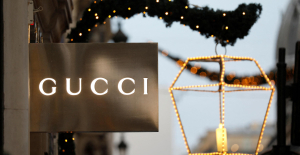 Kering expects a 40 to 45% drop in operating profit in the first half
Kering expects a 40 to 45% drop in operating profit in the first half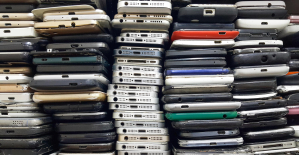 Smartphones, televisions, household appliances… MEPs adopt a “right to repair”
Smartphones, televisions, household appliances… MEPs adopt a “right to repair” Fintechs increasingly focused on business services
Fintechs increasingly focused on business services The standoff between the organizers of Vieilles Charrues and the elected officials of Carhaix threatens the festival
The standoff between the organizers of Vieilles Charrues and the elected officials of Carhaix threatens the festival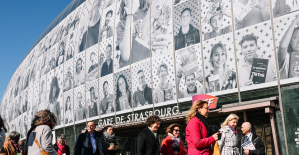 Strasbourg inaugurates a year of celebrations and debates as World Book Capital
Strasbourg inaugurates a year of celebrations and debates as World Book Capital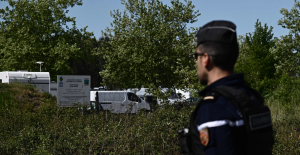 Kendji Girac is “out of the woods” after his gunshot wound to the chest
Kendji Girac is “out of the woods” after his gunshot wound to the chest The Court of Auditors scrutinizes the management and projects of the Center Pompidou
The Court of Auditors scrutinizes the management and projects of the Center Pompidou Skoda Kodiaq 2024: a 'beast' plug-in hybrid SUV
Skoda Kodiaq 2024: a 'beast' plug-in hybrid SUV Tesla launches a new Model Y with 600 km of autonomy at a "more accessible price"
Tesla launches a new Model Y with 600 km of autonomy at a "more accessible price" The 10 best-selling cars in March 2024 in Spain: sales fall due to Easter
The 10 best-selling cars in March 2024 in Spain: sales fall due to Easter A private jet company buys more than 100 flying cars
A private jet company buys more than 100 flying cars This is how housing prices have changed in Spain in the last decade
This is how housing prices have changed in Spain in the last decade The home mortgage firm drops 10% in January and interest soars to 3.46%
The home mortgage firm drops 10% in January and interest soars to 3.46% The jewel of the Rocío de Nagüeles urbanization: a dream villa in Marbella
The jewel of the Rocío de Nagüeles urbanization: a dream villa in Marbella Rental prices grow by 7.3% in February: where does it go up and where does it go down?
Rental prices grow by 7.3% in February: where does it go up and where does it go down? Europeans: “All those who claim that we don’t need Europe are liars”, criticizes Bayrou
Europeans: “All those who claim that we don’t need Europe are liars”, criticizes Bayrou With the promise of a “real burst of authority”, Gabriel Attal provokes the ire of the opposition
With the promise of a “real burst of authority”, Gabriel Attal provokes the ire of the opposition Europeans: the schedule of debates to follow between now and June 9
Europeans: the schedule of debates to follow between now and June 9 Europeans: “In France, there is a left and there is a right,” assures Bellamy
Europeans: “In France, there is a left and there is a right,” assures Bellamy These French cities that will boycott the World Cup in Qatar
These French cities that will boycott the World Cup in Qatar Ligue 2: Auxerre bounces back, Angers and Saint-Etienne hold on, Rodez confirms
Ligue 2: Auxerre bounces back, Angers and Saint-Etienne hold on, Rodez confirms Italian Cup: Juventus Turin qualifies painfully for the final
Italian Cup: Juventus Turin qualifies painfully for the final Hand: Nantes obtains a draw in the quarter-final first leg in Berlin (C2)
Hand: Nantes obtains a draw in the quarter-final first leg in Berlin (C2)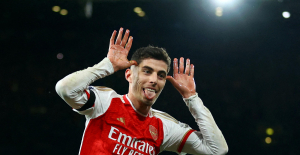 Premier League: Arsenal humiliates Chelsea
Premier League: Arsenal humiliates Chelsea





